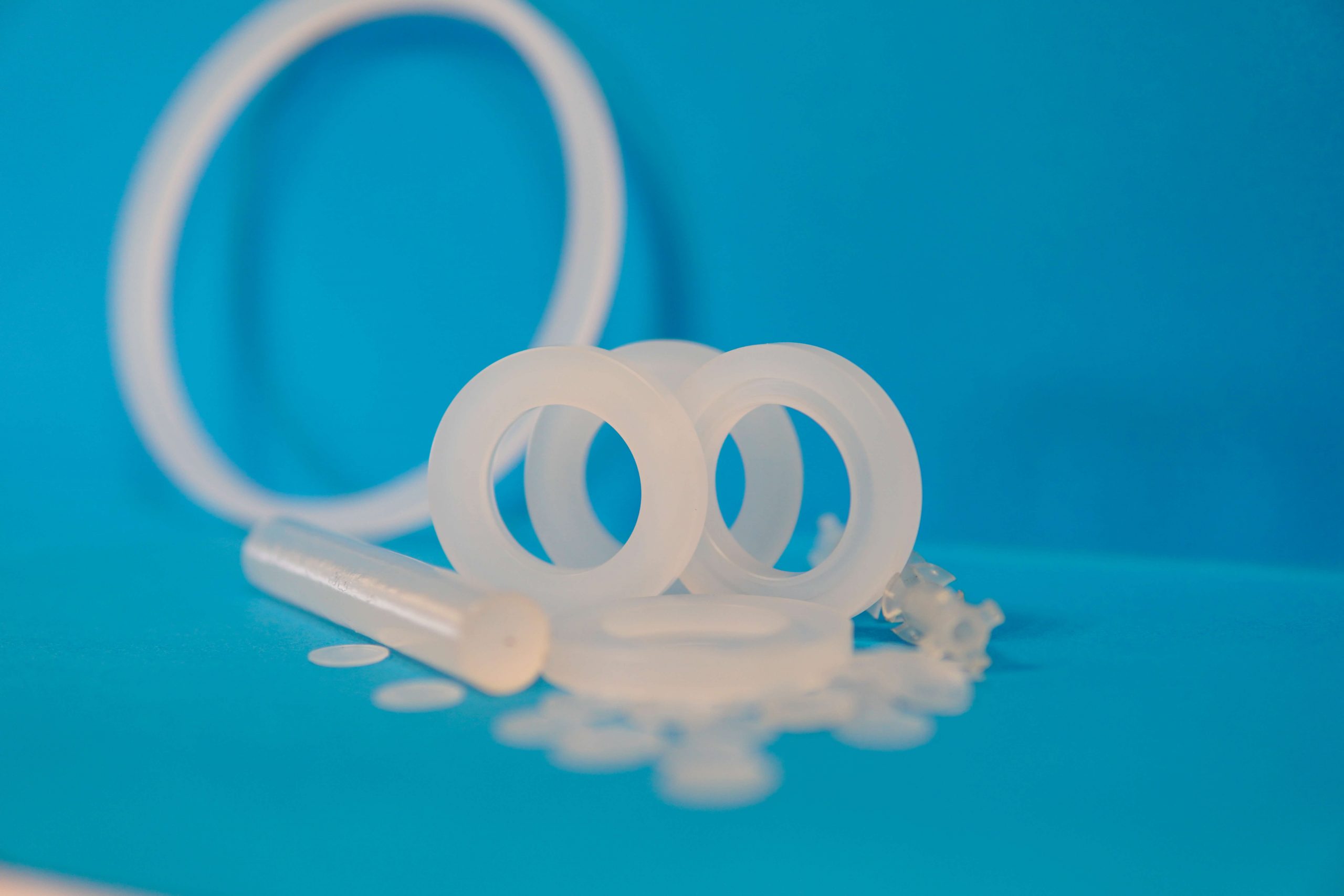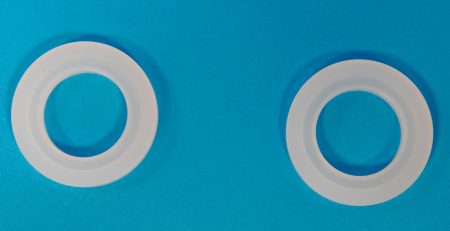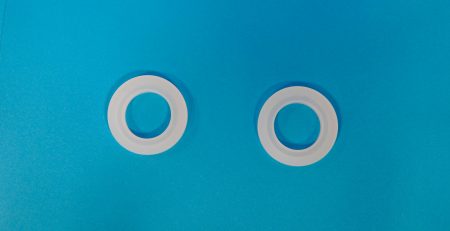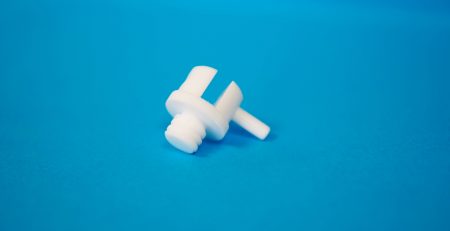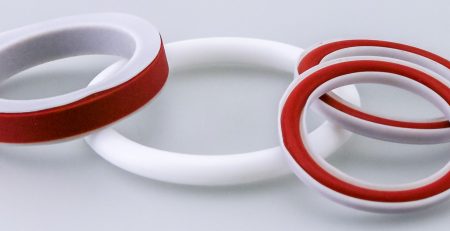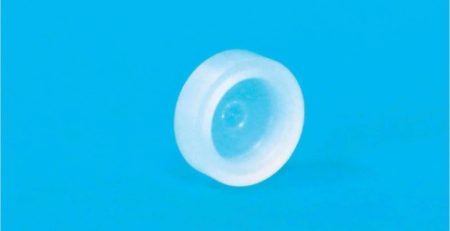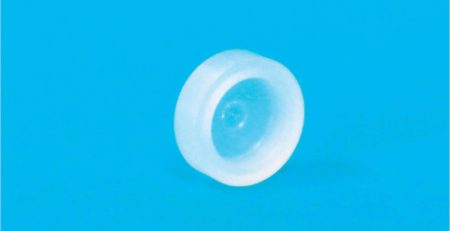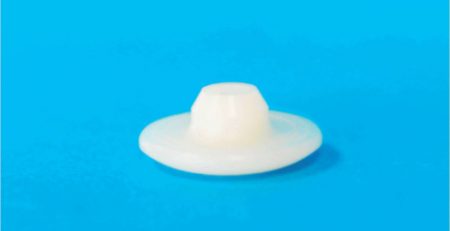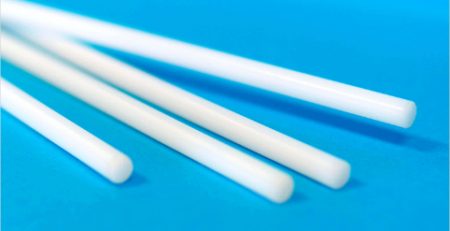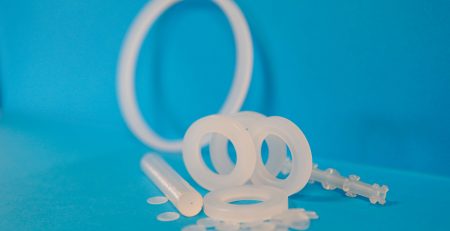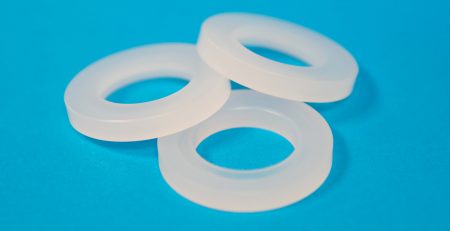Wear resistance of metals and PCTFE at cryogenic temperature
In cryogenic environments, PTFE (polytetrafluoroethylene) and PCTFE (polychlorotrifluoroethylene) are the most commonly used fluoropolymers. Fluoropolymers are polymers where the atoms have been modified. Concretely, by substitution, fluorine atoms have taken the place of hydrogen atoms. This process of atom substitution has improved the chemical resistance and thermal resistance of the material. For example, flame propagation is delayed or even inhibited, the critical surface tension is reduced and the dielectric characteristics are improved [31]. In many applications, fluoropolymers can be used to replace other polymers that are less resistant or that degrade easily.
In the space field, especially in the development of space propulsion engines, technicians use liquid oxygen. For these experts, knowledge of the concepts of wear mechanisms is essential and in order to be able to develop powerful and efficient engines, the use of liquid oxygen is indispensable, as it is one of the few elements that have tribological properties: liquid state, reactivity and cryogenic temperature. It is therefore important to know that in cryogenic environments, polymers are generally used in tribology where they become a kind of solid lubricant.
Two different and important temperatures condition the properties of polymers, especially PTFE and PCTFE: the glass transition temperature (Tg) and the melting point. The glass transition is the transition from the viscous to the rubbery state of a polymer. When the temperature is lower than the glass transition temperature (Tg), polymers remain in a rigid state: macromolecules are not easily deformable. But when the temperature exceeds the glass transition temperature (Tg), the deformations are easier and become more important.
In an environment where temperatures are lower than the glass transition temperature (Tg), polymers gain in tensile strength [27]. But at cryogenic temperatures, polymers tend to become less resistant, more fragile. However, PTFE and PCTFE polymers retain some ductility when exposed to cryogenic temperatures. Polymers are hard at low temperatures, but this hardness becomes weaker at room temperature [37]. As for the thermal conductivity of polymers, it is low at room temperature and is even lower at low temperatures.
There are a number of studies, including the thesis “Tribological behaviour of the PCTFE/steel 440C contact in nitrogen at cryogenic temperature”, which discusses the different reactions of polymers.
Sources :
J.-L. Bozet. Modelling of friction and wear for designing cryogenic valves. Tribology International, 34(4) :207 – 215, 2001.
[26] P. Adjadj. Influence du milieu cryotechnique sur le comportement tribologique des matériaux hétérogènes – Etude en glissement sec dans l’azote liquide. PhD thesis, Université
Paris 6, 1988.
[27] A. R. Lansdown. Low temperature lubrication. Technical report, Swansea Tribology Centre (for the European Space Agency), 1978.
[28] R. Gras. Etude de traitements de surface applicables sur les roulements cryotechniques.
Technical report, Convention S.E.P./I.S.M.C.M., n°523036, 1986.
[29] M. Fontanille and Y. Gnanou. Structure moléculaire et morphologie des polymères. Techniques de l’ingénieur, A 3 042 :1–28, 1994.
[30] G.M. Bartenev and V.V. Lavrentev. Chapter 1 : Structure and physical properties of
polymers. In Lieng-Huang Lee and K.C. Ludema, editors, Friction and Wear of Polymers,
volume 6 of Tribology Series, pages 1 – 29. Elsevier, 1981.
[31] J.-F. Bonnet. Polymères fluorés. Techniques de l’ingénieur, AM 3 390 :1–20.


